Course building 101 by Benjamin Smith
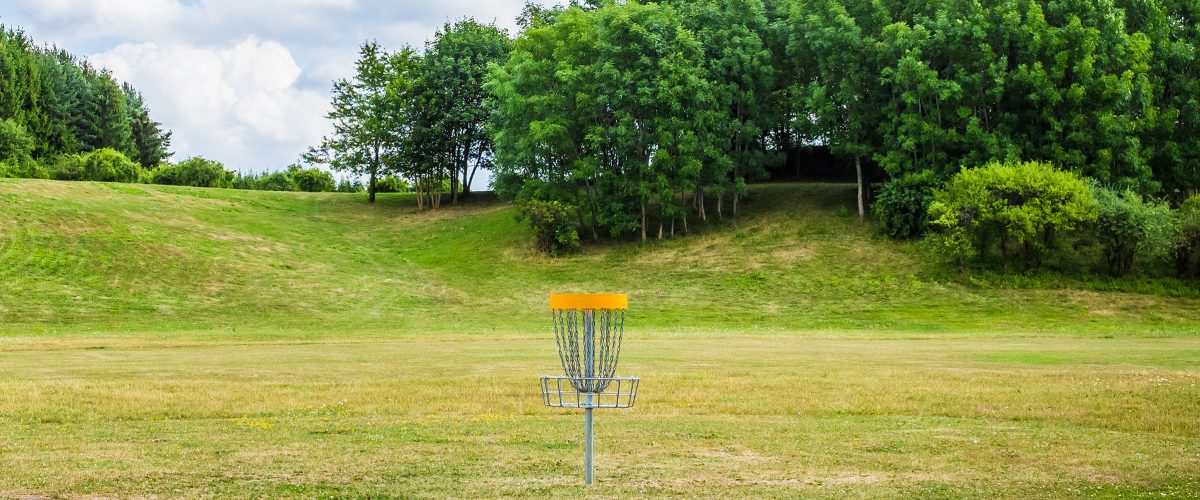
Over the last few years I have been pleasantly surprised to find out that I have a natural ability to build quality disc golf courses. It has been something I have worked on for nearly 2 decades and I am happy to say this gift has allowed me to build 40 courses so far along the eastern seaboard of North America.
Recently I have been asked to share that gift with more people in the hopes that I can help shape a small part of the disc golf world. So here is my contribution and process for what it takes to build a successful disc golf course. I hope you enjoy it!
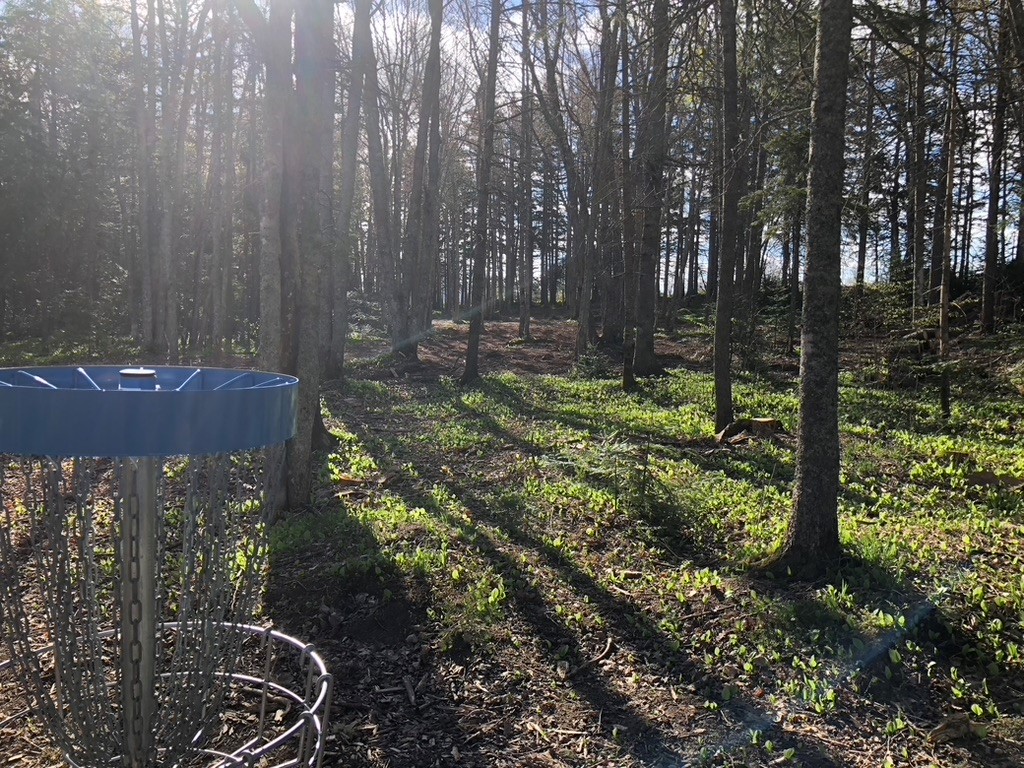
It all starts with a story
Before I have dug the first hole, cut even the first limb, or considered where the practice basket might go I have to start by understanding the story of the course. Each property I visit and every client that I work for all have a story and understanding what type of course we are building and why is the foundation on which all things are built. Asking questions like, ‚who is going to use this?, ‚how long do we want to see this here‘, and ‚what are our long term goals for this project‘? all go a long way to better understanding what we are dealing with.
It might seem somewhat trivial, but creating a story around each and every project I have done helps me bring into focus the directions I should be taken and the decisions that will have to be made. Storytelling has been around since the beginning of time and it is a way for people to share ideas and to get a better understanding of the world we live in. A disc golf course is no different.
We want people to interact with the courses we create and even if you don’t tell them the stories directly they will feel it the first time they play your course. The lack of a story can oftentimes lead to (mild) chaos where sometimes you have 16 holes that are 275 feet par 3s and 2 holes that are 700 par 4s that seem wildly out of place or any number of things that just don’t seem to make sense. A good story ties your course together and gives you a sense of direction for what you are trying to create on any given piece of land.
Healthy environments make the best disc golf courses
Now to be clear I am not talking about solving all the world’s environmental issues by building one disc golf course, I am merely suggesting that instead of designing the best course first and then thinking of the environment that it is in we should work the opposite way. Good designer will consider what it takes to make the healthiest property first and then start to work backwards on how a disc golf course could be inserted into that space.
Identifying native plant species, trees, water flow, and potential sensitive areas will help you make a mental map of areas you should be exploring and areas you should be avoiding. I truly believe disc golf is one of the most harmonious games out there for spirit and mind and has the ability to work in harmony with nature, not against it.
No course will ever be completely maintenance free or nestle into the natural world without making at least some kind of impact, but with well thought out conscious design we can mitigate many of the potential issues that come with increased traffic associated with a well used disc golf course. Sustainable forest techniques and selective harvesting with a strong emphasis on biodiversity sound like a lot of buzz words, but at the heart of these ideas we are trying to cultivate healthy ecosystems so we can best prepare for a changing climate and embrace the fact that disc golf courses can be among the ‚greenest‘ projects in the market.
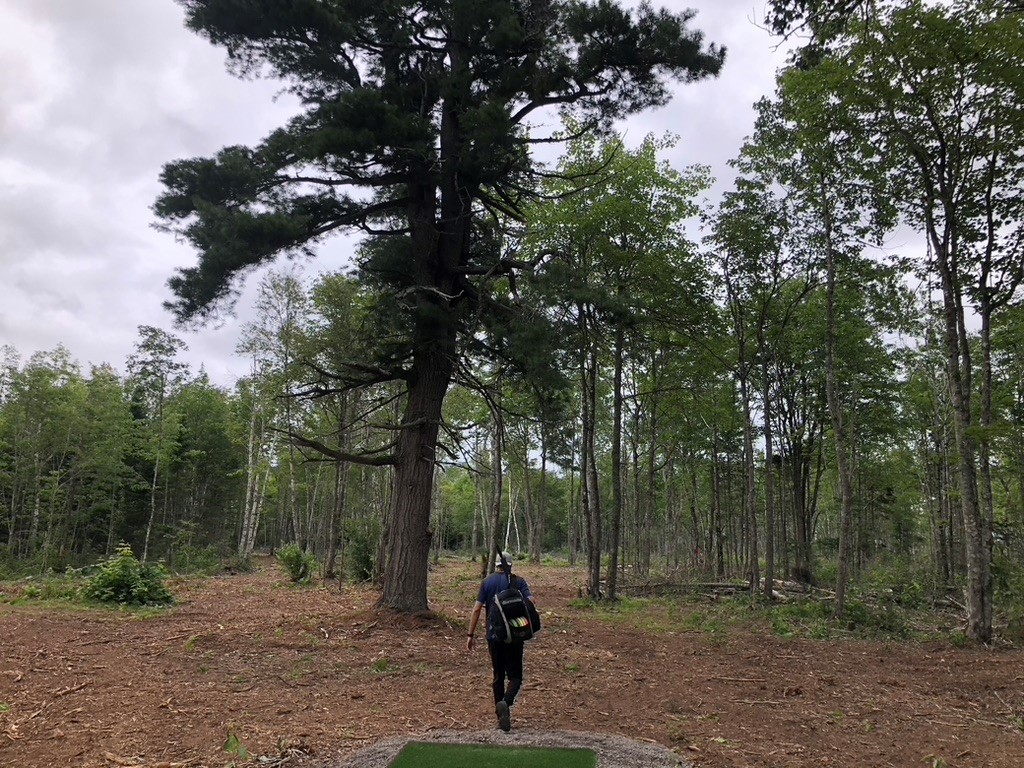
Developing a style you can call your own
Every course designer comes to a point where they learn to cultivate their own style. Some people like to impose their will either with OB or machine aided alterations to the course, others might like to keep it simple.
I have always thought that the disc golf umbrella was so wide that there is room for a ton of people to design anyway they see fit. I see no need to comment on anyone else’s style other than to say as long as the course is safe it is great with me.
Personally I have always striven to be the type of designer who works deeply with nature to try and enhance the natural elements that are present. I remove nothing from my courses and work very hard to keep all of the organics in the ground and shade cover in the trees. It’s not that I don’t use machines; I most certainly do, but rather the use of machines is a way to expedite the natural processes that are present in any piece of each piece of land rather than working against it. I love mulching all of the trees I cut and one of my favorite machines does that job with surprising ease and outstanding quality.
Moving soil or fill from one place to another on my site isn’t off the table, but I do work hard to put things in places where we don’t have to do that as often. If someone can hear my name and know that I value safety, beautiful trees, natural landscapes, rock features, and at least one hole that makes you question my choice of lines then I feel like I am doing my job. A Ben Smith tree is one that I leave growing in the exact place you wish I didn’t. That is a small (maybe big) part of me that really enjoys that.
Understanding the ideal outcome
A well designed course has two things that cannot be sacrificed; safety and fun. Safety must always be the top priority. No course can be 100% risk free, but we can take very real action to make sure that there are no unnecessary risks when they are avoidable.
Shared space courses should not contain blind shots, especially on formal or informal walking trails. Players should not have to climb hills without adequate footing etc, etc. Most of these things we know, but walking your course forward and backwards and understanding where the majority of players will throw help you to create safe landing zones and high visibility areas so we can have the best chance at safe and successful courses.
The part every disc golfer and potential disc golf course designer dreams of is making it fun. We all want to throw that top of the world shot or the S curve through the tight tunnel. Making a course fun is what motivates me to play so integrating this into our designs virtually guarantees success for the long run.
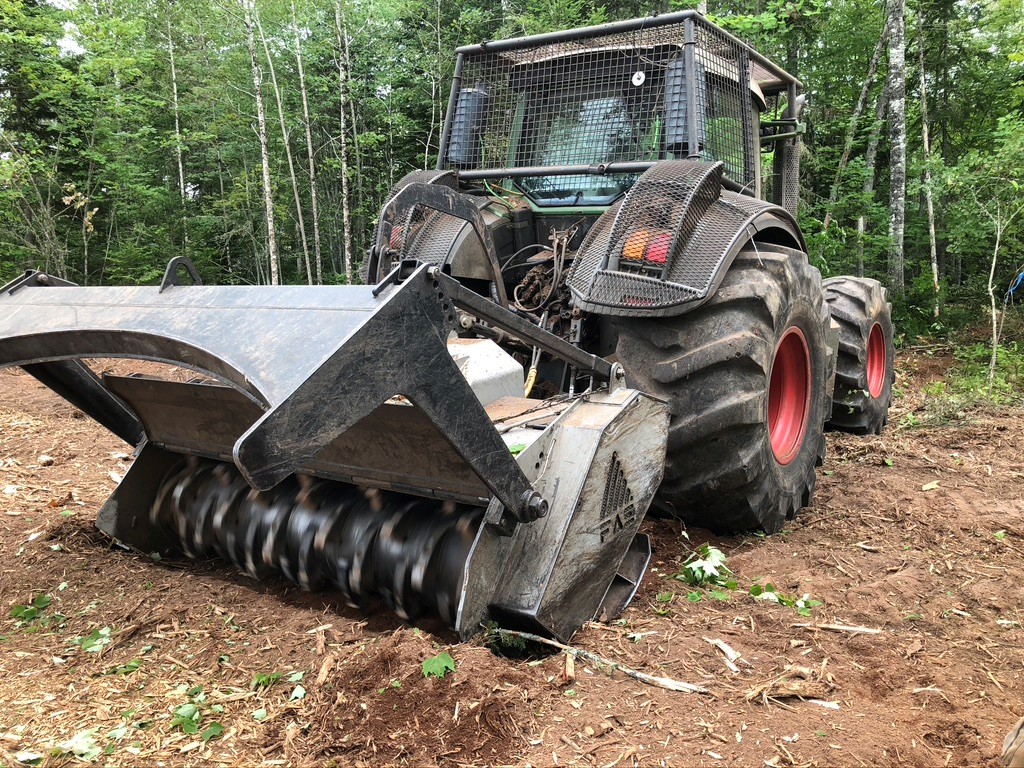
Making math fun!
Over the years I have developed a mathematical formula that associates a number grade with an ideal shot. I won’t bore you with that now (unless you want to talk math and formulas then let’s set aside an hour and talk!), but all designers should have a way to make their course balanced and not favor one type of throw over another. I like to think that if a person only plays one course for their entire life how can I get them to experience a multitude of shots and varieties of ‚looks‘.
All the shots
To carry on with the idea that any player who only gets to play one course sees a multitude of shots I like to incorporate an idea that I call the perfect 10. That is to say each course should contain at least 1 of the ’10‘ perfect shots out there. These tee shots include:
A hyzer, Anhyzer, Putter Drive, Midrange Drive, Driver, Flex shot, Forehand, Ground play (a low ceiling, skip shot, or roller), Airplay (Hammer, Thumber, or Sky shot), X-factor.
Not every player has every one of these shots in their arsenal, but when I design I like to think of the ideal player who could take the ideal route. Not every course can allow for all of these shots but the really good ones do.
The difference in some of these is very subtle and not always 100% evident on the first go round. An anhyzer shot and a forehand shot might have 90% of the same characteristics, but the final pin placement may dictate how a disc should finish.
Clearly some people will throw their putter much farther than others will throw their driver, so the real essence of the hole is how much control needs to happen off of the tee.
The one that is the most subjective is the X-factor. I like to think of this tee shot as a hole that shows off the soul of the course. It might be a vista overlooking a beautiful feature or your favorite tree. It could be your signature hole or it might have a bench made out of timbers you harvested from the site. Whatever it is, the X-factor tee pad should be the one that people remember.
Now we get to the fun stuff!
After all of our storytelling and elements have been considered we get to the design stage. I won’t say much about this other than to say the better you know your land the better the course will be.
Mapping things online and then reconciling them in person is by far the best way to go. There are several apps online that will help you measure your space to make sure you have enough room for each hole and for future expansion (if that is part of the story).
Disc golfers know what is fun so go through your land forwards and backwards until you are confident you can fit as many of the key features in the course as possible. The one piece of advice I often give is that the best hole might not make the best course. Don’t get too attached to one idea as sometimes 18 great holes are better than 17 average ones and 1 incredible one.
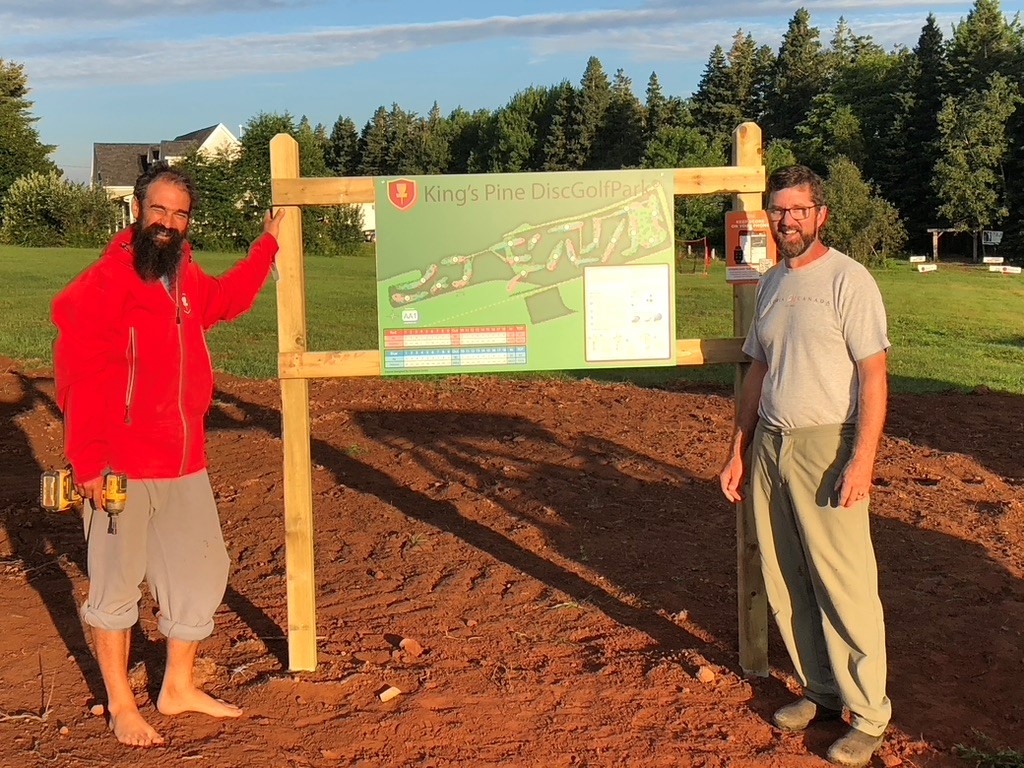
Project management is the secret sauce
For me personally I have a background in general contracting and project management. I generally understand the machines that can be used and how to effectively use them. Not everyone out there will have this skill set, but it can be a very cost effective method to hire someone who does. Finding the right machine for the job is sometimes an art in itself.
Just because you are a good disc golfer doesn’t mean you will be a good designer, and in the same vein, just because you are a good designer doesn’t mean you will be a good project manager. The most empowering and effective thing you can do is to put people into positions they excel at. When you hire the right people you get the best products. Don’t be afraid to ask for help if you don’t have the skill set to succeed in a certain area.
And now we play!
At the very beginning we created our story and identified the people who will use this course. The final thing we need to do is bring them here and let them play.
I never build a course without doing an opening day event. I invite as many local groups as I can to be a part of this event. Most of those groups are not disc golfers. Invite seniors groups, walkers, schools, government officials, basically anyone and everyone you can think of.
When they show up make sure you give them a free disc to take home with them. These opening day discs should go directly into your initial budget. I have found that anyone who shows up on opening day is curious about the course and the game and they are most likely to be our stewards of the course for a long time in the future.
Each disc golf course has the ability to change peoples lives. Almost nothing on earth has given me more pleasure than seeing how many people fall in love with the game after I have built a course near them. It is a wonderful assortment of people that I am in awe of nearly every day. If I can help more people understand what it takes to build a quality course then I feel I am sharing my gifts in the best way possible.
Who is Benjamin Smith?
Benjamin Smith is DiscGolfPark’s veteran course designer in Canada. Ben has been an avid disc golfer since 2003 and a course designer since 2007. He is also one of the co-founders of the Maritime Disc Golf association and one of the TDs for the Canada’s largest disc golf event, the Canadian Nationals. Read more about Ben here and feel free to contact him.
Let us build your great disc golf course
If you’re considering adding a disc golf course in your area, you should be sure that it’s going to be done well. We at DiscGolfPark have brought highest quality disc golf courses to many people across the world, and we offer anything from design consultation to full-service planning and installation. Additionally, our baskets, tees, and signage are the best in the business and have become a signal to players that they’re in for a quality disc golf experience.
We’d love to learn more about your project and how we could help, so please get in touch.
